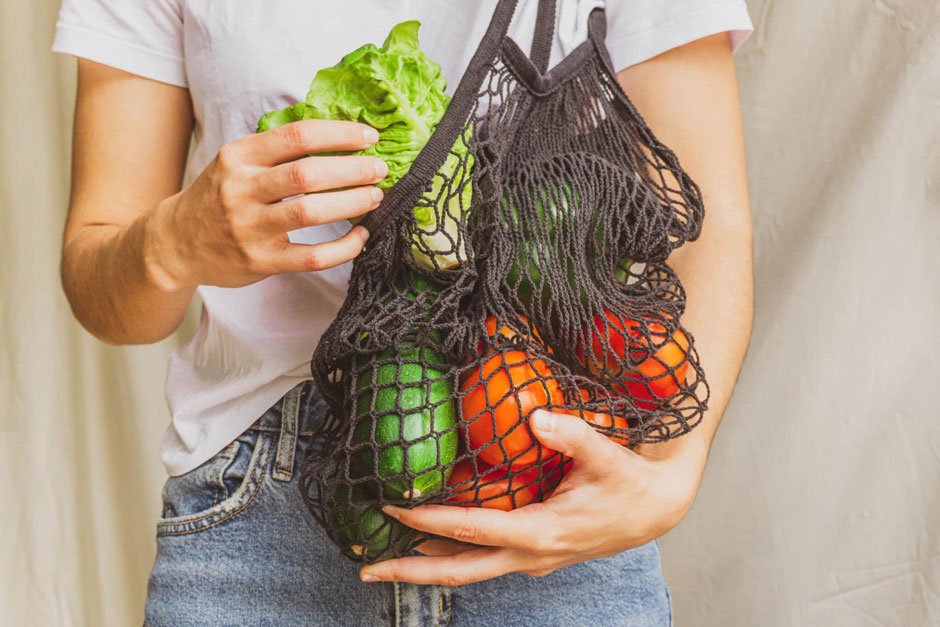Consumers today are bombarded with various terms that can be confusing. Two prominent labels gaining traction are “clean label” and “organic.” While both philosophies share a common goal of promoting healthier food options, they have distinct meanings and implications. Understanding these differences can empower you to make informed choices that align with your dietary preferences and values.
Unveiling Clean Label Transparency and Simplicity
Clean label doesn’t have a single, universally accepted definition. However, it generally refers to products that prioritize a return to basics. Imagine a plate overflowing with whole, unprocessed ingredients like fruits, vegetables, whole grains, lean proteins, and nuts. These ingredients are in their closest natural state, minimally altered from their farm-fresh form. Clean label ingredients and products should be easy to understand – the ingredient list shouldn’t require a chemistry degree to decipher. Consumers want to see simple, recognizable components, a stark contrast to the often-confusing lists of artificial additives, preservatives, and highly refined ingredients found in many conventional products.
The clean label movement isn’t just about avoiding perceived “bad” ingredients. It’s also about embracing a more natural approach to food and prioritizing transparency throughout the food chain. Clean label manufacturers strive for clear and honest labeling, allowing consumers to make informed choices about what they’re putting into their bodies.
Organic Focus on Sustainability
Organic certification, on the other hand, focuses on the agricultural practices used to grow and raise ingredients. Products with the USDA Certified Organic label adhere to strict government regulations that ensure a more sustainable approach to food production. Organic farming prohibits the use of synthetic pesticides or herbicides that can harm the environment and potentially leave residues on crops. Livestock raised for organic products are not given antibiotics or growth hormones routinely, promoting a more natural approach to animal husbandry. Some processing is allowed in organic products, but the use of certain synthetic processing aids is restricted to maintain the integrity of the organic ingredients.
Organic certification offers a guarantee that the ingredients were produced with a focus on environmental sustainability and animal welfare. However, it doesn’t necessarily dictate the final product’s ingredients or processing methods.
A Shared Desire for Wholesome Food
While distinct, clean label and organic share some key similarities. Both philosophies emphasize whole, unprocessed ingredients as the foundation of healthy eating. They encourage a move away from heavily processed, refined foods towards options closer to their natural state. By minimizing additives and focusing on whole foods, these approaches offer a potential reduction in unhealthy ingredients like added sugars, sodium, and unhealthy fats. Additionally, both movements emphasize the importance of transparency for consumers. Clean label promotes clear labeling of ingredients, while organic certification provides a guarantee about the farming practices used.
Where Clean Label and Organic Diverge
There are also key differences to consider when choosing between clean label and organic. Clean label focuses on the final product’s ingredients and processing methods. While clean label products often overlap with organic ingredients, it’s not a requirement. Processed ingredients like cane sugar or expeller-pressed oils could be used in a clean label product as long as they are recognizable and minimally refined.
Clean label products can also contain non-organic ingredients. While some clean label products might choose organic ingredients for their perceived health benefits or environmental impact, it’s not a defining characteristic. Clean label goes beyond agricultural practices, encompassing the entire production process. The focus lies on the final product and its ingredients, regardless of the farming methods used.
Choosing Between Clean Label and Organic
When it comes to choosing between clean label and organic, it depends on your priorities. If clear labeling and understanding the specific ingredients in your food are paramount, clean label might be a good choice. If prioritizing food grown without synthetic pesticides and supporting sustainable agriculture is most important, organic certification is the way to go. You can also embrace a combined approach, seeking out products that are both clean label and organic to maximize transparency, healthy ingredients, and environmentally responsible practices.
Ultimately, the best choice depends on your individual needs and values. Both clean label and organic offer valuable insights into the food you’re consuming, empowering you to make informed decisions for a healthier and more sustainable lifestyle.
Beyond the Label
Clean label ingredients and organic farming practices can be seen as complementary forces within the broader movement toward a more sustainable and transparent food system. While clean label focuses on the final product, ensuring minimal processing and the use of recognizable ingredients, organic farming practices ensure the ingredients themselves are cultivated with a focus on environmental responsibility and animal welfare. By understanding both clean label and organic principles, consumers can make informed choices that align with their values, supporting a food system that prioritizes both healthy ingredients and sustainable practices.

